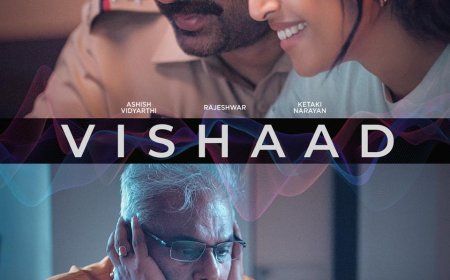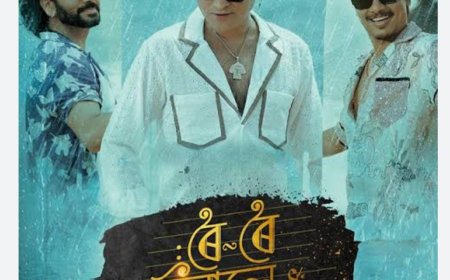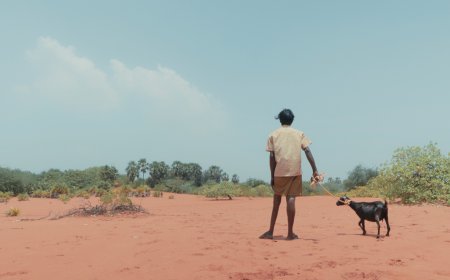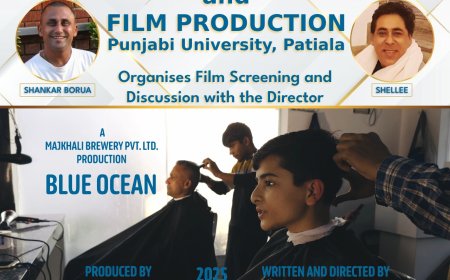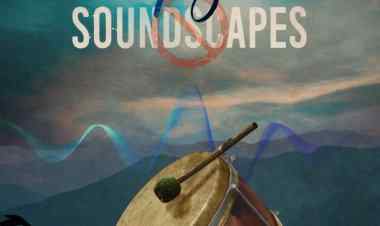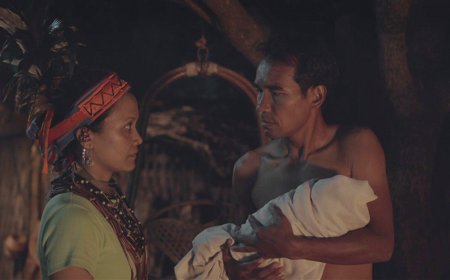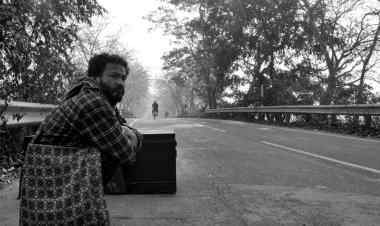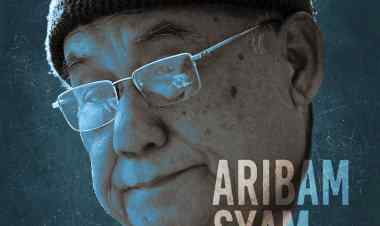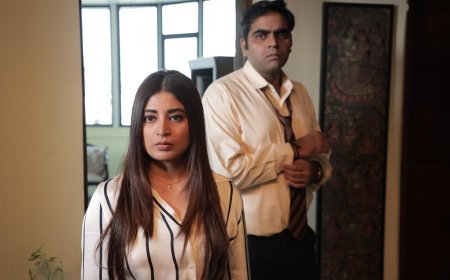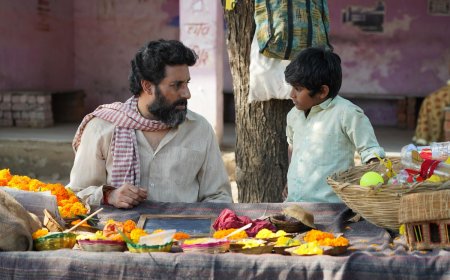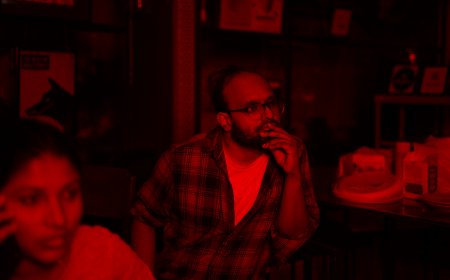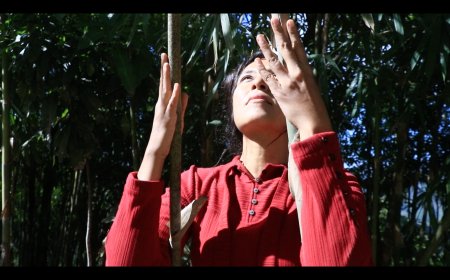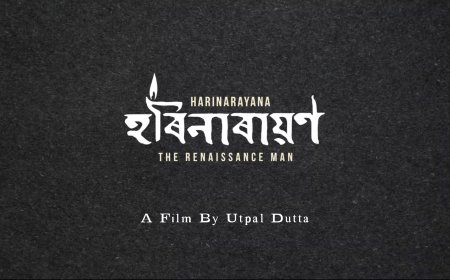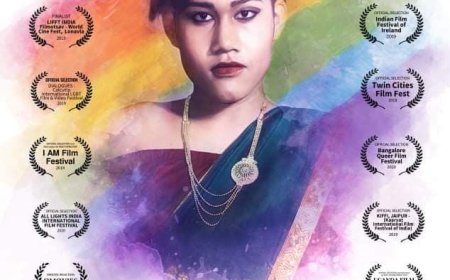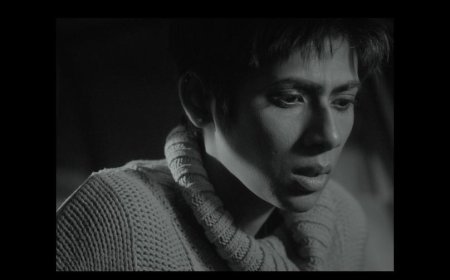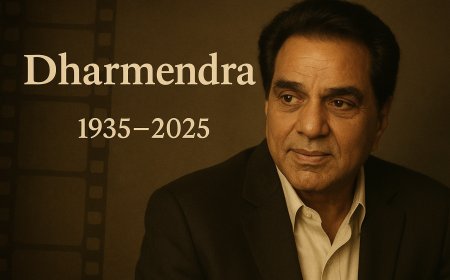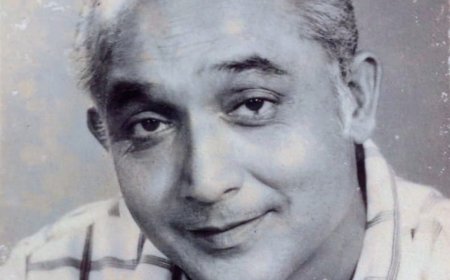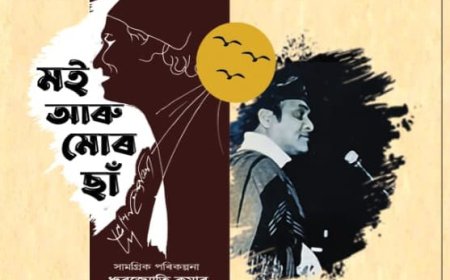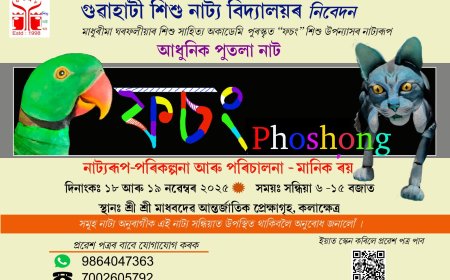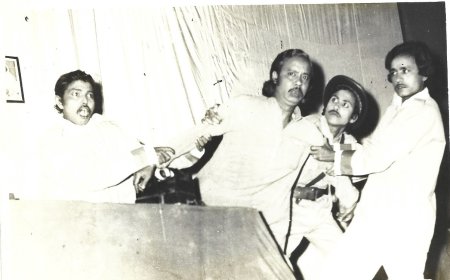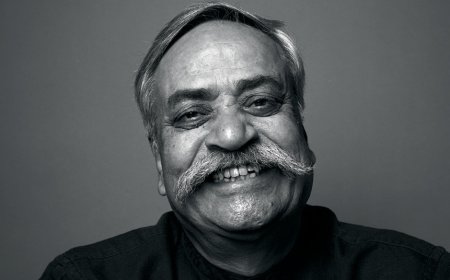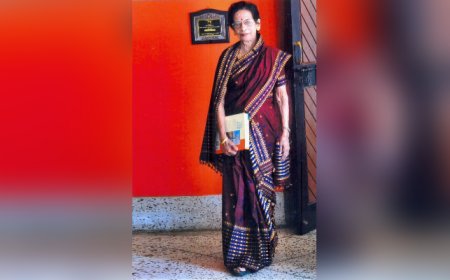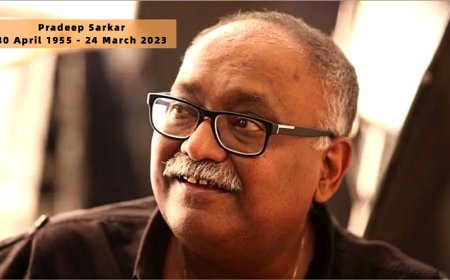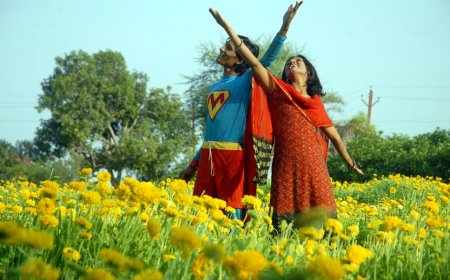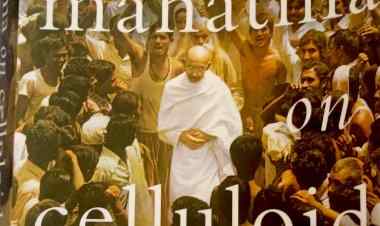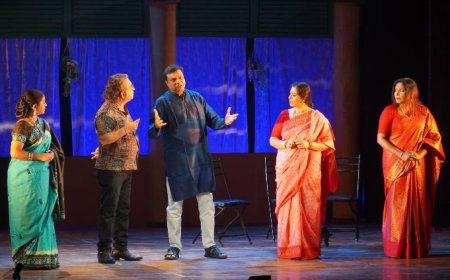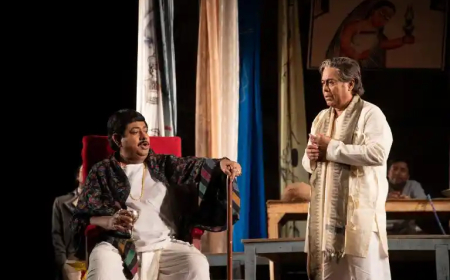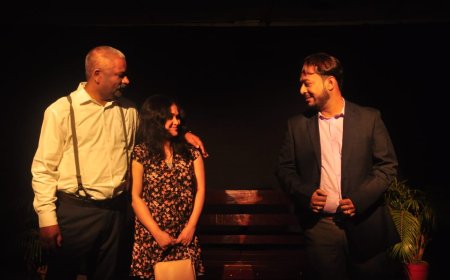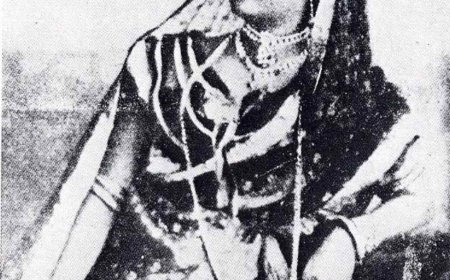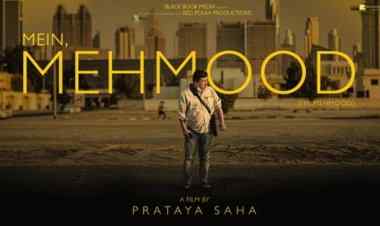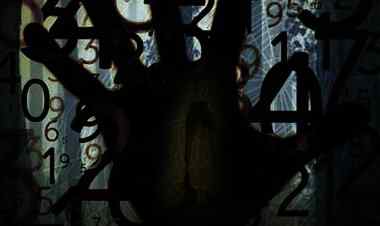Review: The Blue Hour Kite (2025)
Dipankar Sarkar provides a review of Chhatrapal Ninawe's short film, "The Blue Hour Kite"
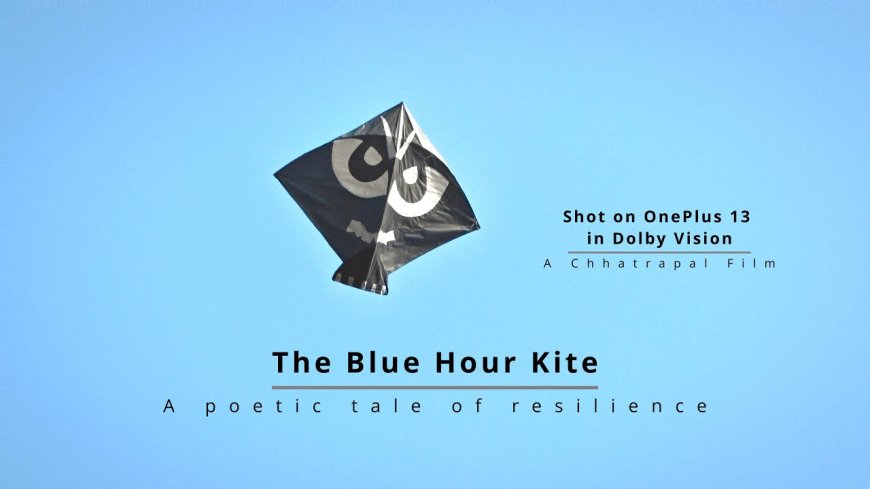
In Chhatrapal Ninawe's The Blue Hour Kite, a quiet and understated short film, flying a kite seems like an innocent, calming process. But it is rendered with the gravity and texture of a rite of passage as a young boy launches his kite into the wide blue sky. As viewers, we engross ourselves in this competitive territory and, in time, it opens up to something much more fundamental: a contemplation of desire, and the slow unfolding of connection between two young souls.
Amit, the protagonist, is a young boy. For him, flying a kite is more than just a pastime. It is a practice, and a part of his way of reinforcing a claim. The plot twists around an ostensibly simple but symbolically charged act: his kite is cut by a sneaky black competitor. It is a small tragedy, but in the innocent world of a childhood, small tragedies dwarf everything else. Not daunted by the defeat, Amit races to get a new kite. Pedaling with speed and his newfound prize tucked snugly against his chest, he represents the stern resolve of humans who feel that they still have small victories to win in their lifeworlds.
The inclusion of another child, Rashmi, a girl who likes to draw using crayons, adds another layer of innocence to the storyline. Amit is trying to make his claim in the sky, while Rashmi finds solace in her drawings and toys. Her presence in the street distracts Amit, and in the blink of an eye, the kite is destroyed. But somehow Amit manages to struggle to get another kite. Amit, in this contest, is victorious, and there is no denying the smile on his face, but the film does not finish with victory. It finishes with a symbolic gesture. The spontaneous kite flying back up into the blissful blue and juxtaposed with the drawing by Rahmi hints at a human connection that is genial. She is not on the line of battle, but she is a witness.
Thus, Ninawe creates something more than victory or defeat—there is a feeling of stunned awe we experience when another person's triumph is unfettered and, temporarily, becomes our own. Where another filmmaker might render this moment flippantly, Ninawe subverts it with understated emotional complexity. Shot on the OnePlus 13, the camera is perfectly deferential, hanging just so long on the kite in the blue dusk, on Amit's kite, and Rashmi's drawing. There is a bodily quality to everything. There is something unassuming about the way he stages movement—playful but deliberate—inviting the viewer along for the ride. Ninawe shoots with complete restraint, never underlining or overplaying.
The Blue Hour Kite is hardly grand or ambitious by conventional standards, not designed to wow us or upset us, but perhaps it does something much more valuable. It conveys the inner life of children with sincerity and precision. It understands that during the innocuous phase of childhood, a kite is more than a toy; a kite may mean symbol, restraint, and victory. Performance-wise, debutant Vansh impresses as Amit, infusing the role with the energy, enthusiasm, and naivety of youth. His performance is easy-going, keeping the emotional core of the film going with a naturalness that makes the movie a truly enjoyable watch. Performance-wise, debutant Vansh impresses as Amit, infusing the role with the energy, enthusiasm, and naivety of youth. His performance is easy-going, keeping the emotional core of the film going with a naturalness that makes the short film an enjoyable watch.
*****
What's Your Reaction?







